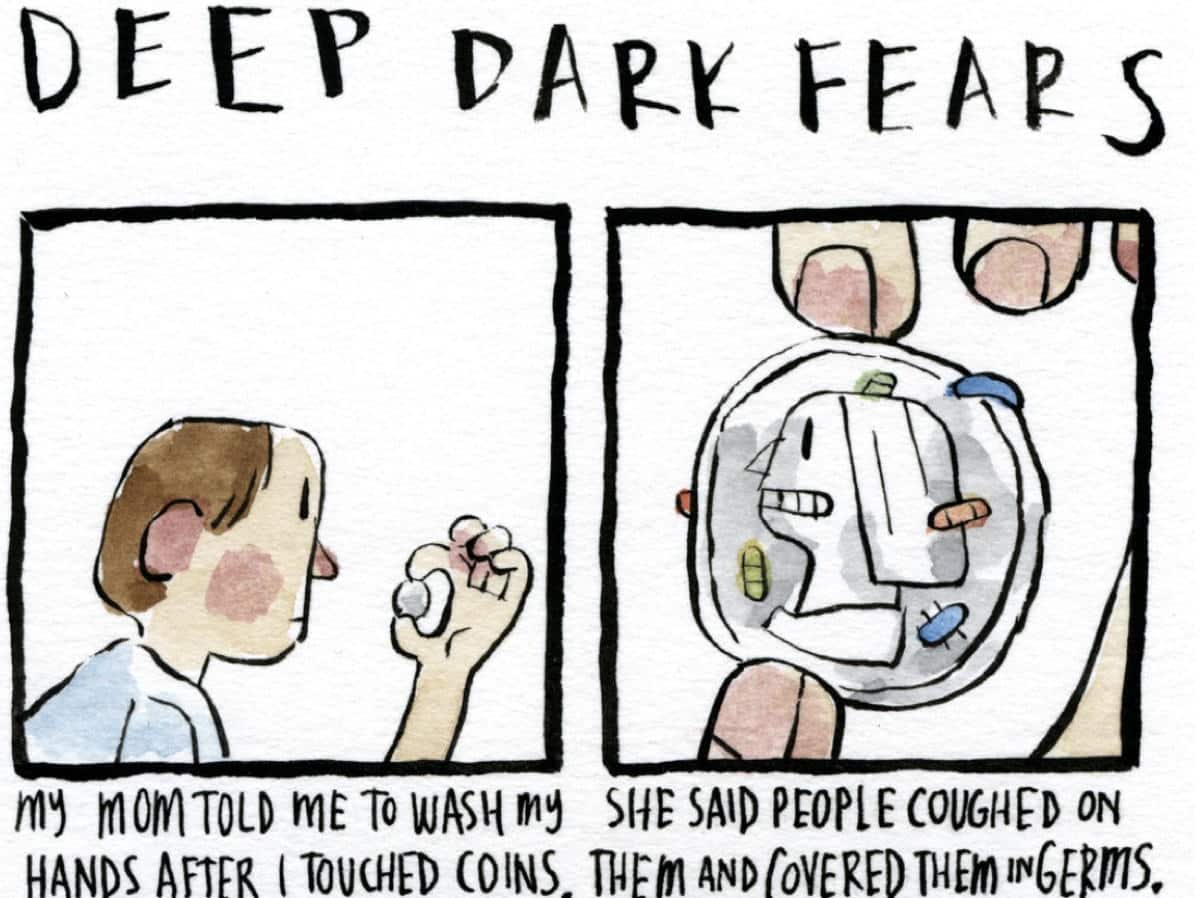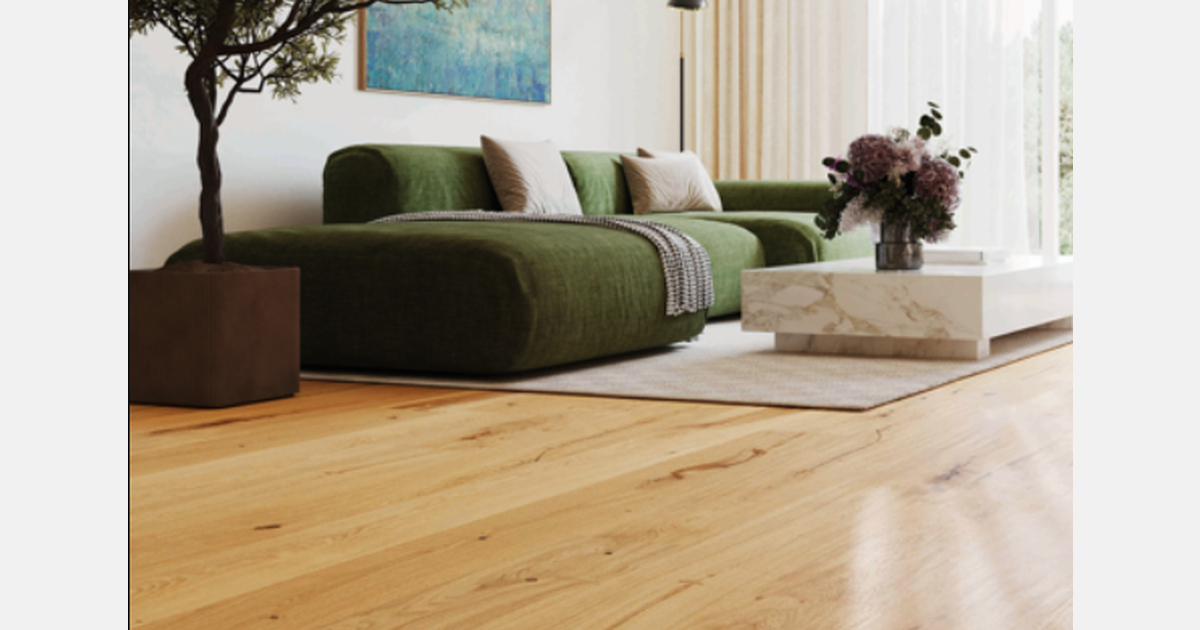Key Points
- Hydrogen peroxide releases oxygen to loosen and lift bacteria, dirt, mold, and mildew.
- For best results, let hydrogen peroxide sit on a surface for up to 10 minutes before scrubbing.
- Hydrogen peroxide is a cheap, readily available, effective, eco-friendly, and odorless cleaning solution.
Hydrogen peroxide is the cheap but highly effective ingredient that cleaning experts say works surprisingly well to remove dirt from bathroom floors. “Hydrogen peroxide is recognized as one of the cleanest and most versatile of all cleaning chemicals,” says Connor Epstein, R&D chemist at Harris. “Its strong oxidizing properties make it a powerful bleaching agent, stain remover, and multi-purpose cleaner when used as directed.”
Unlike some harsh cleaning chemicals that can cause unpleasant odors and leave behind an unwanted film on bathroom floors, hydrogen peroxide is eco-friendly and odorless, and cleans by creating a fizzing reaction that loosens dirt from bathroom floors—including grimy grout and filthy corners.
Below, we asked cleaning experts to share the step-by-step method they swear by for cleaning bathroom floors with hydrogen peroxide, as well as their helpful tips and tricks for getting stuck-on stains. If your floors are in need of a good deep clean, here’s how you can get them sparkling clean—just like the pros do.
How to Clean Bathroom Floors With Hydrogen Peroxide
Use this step-by-step method recommended by Isabella Flores, a cleaning expert at Sparkly Maid San Diego, to clean your bathroom floors with hydrogen peroxide.
- Remove dust and debris. Start by sweeping or vacuuming the bathroom floor to remove dust and debris from the surface.
- Mix hydrogen peroxide and water. In a bucket or a spray bottle, mix equal parts hydrogen peroxide and warm water together.
- Apply the mixture. Apply the hydrogen peroxide and water mixture directly to the surface of the flooring—tiles and grouted areas—you’re trying to clean, making sure that the entire surface is coated evenly.
- Let it sit. Allow the mixture to sit, undisturbed, for five to 10 minutes. This allows the oxygen to loosen stuck-on dirt and dissolve built-up grime.
- Clean the surface. Once the mixture has had a chance to sit, either mop or scrub the surface clean with a gentle scrubbing brush. Pay special attention to grout lines and corners, which the cleaning pro says tend to collect more dirt than other areas.
- Rinse with water. Use clean water to rinse the floors and remove the dirt that’s been loosened.
- Dry the surface. Use a clean towel or cloth to dry bathroom flooring immediately to prevent streaks or water marks from forming.
How Does Hydrogen Peroxide Work to Clean Bathroom Floors
“Hydrogen peroxide works because it breaks down by releasing oxygen, which naturally lifts stains and sanitizes and disinfects surfaces,” says Scott Schrader, a cleaning expert and chief marketing officer at CottageCare. It effectively eliminates bacteria, dirt, mold, and mildew, leaving floors clean, bright, and disinfected without leaving behind an unpleasant chemical smell. But if you’re wondering just how it works, Flores says it’s all in the bubbles. The bubbling action works to loosen and lift dirt and stains, which is why it’s so important to allow time for the hydrogen peroxide to sit on bathroom floors before scrubbing. “It also deodorizes and sanitizes very humid areas commonly found in a bathroom, and is eco-friendly,” she says.
Want more cleaning and organizing tips? Sign up for our free daily newsletter for the latest hacks, expert advice, and more!
Tips for Cleaning Bathroom Floors With Hydrogen Peroxide
- Use more concentrated hydrogen peroxide. Instead of using a standard 3% hydrogen peroxide, Epstein recommends using a more concentrated, 12% formula. “Because it’s four times stronger, it can be diluted to make up to four gallons of ready-to-use cleaning solution, making it both cost-effective and versatile throughout your home,” Epstein says.
- Always test the area first. “Hydrogen peroxide is safe for most tile and vinyl floors but I always remind clients to test a small patch first,” Schrader says.
- Store hydrogen peroxide in a dark bottle. You may have noticed that hydrogen peroxide is always sold in a dark, opaque bottle. That’s because it loses its potency when exposed to light. To ensure yours doesn’t lose its effectiveness, store it in its original packaging or decant into a dark spray bottle, and keep it away from bright lights or stored on your countertop.
- Use a stiff brush for tough spots. For especially dirty grout or tougher spots, Epstein recommends using a stiff-bristled brush before wiping the surface clean.
- Make a paste to clean marble bathroom flooring. For marble flooring specifically, Epstein suggests making a paste by mixing two parts baking soda with one part diluted 12% hydrogen peroxide. “Apply the paste directly to the marble and grout using an old toothbrush or stiff-bristled brush, let it sit for five to 10 minutes, then scrub again and wipe or rinse clean with a damp sponge or towel,” Epstein says.





:max_bytes(150000):strip_icc()/SPR-use-hydrogen-peroxide-to-clean-bathroom-floors-11831775-5ff6ad308f834f22b73077bd1388e2aa.jpg)


